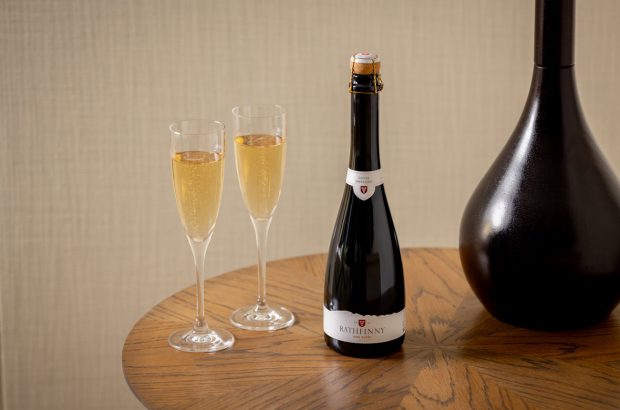What is Picpoul de Pinet wine?
Picpoul de Pinet is a crisp, refreshing white wine made exclusively from the ancient Piquepoul grape variety in the Languedoc region in southern France. It is the only Languedoc appellation dedicated solely to dry white wine production, and in a region dominated by blends, this is one of very few areas that permits the use of one single grape variety.
Scroll down for 10 Picpoul de Pinet wines to enjoy this summer
A variety connected to its surroundings
The Picpoul de Pinet vineyard area borders the Etang de Thau, a large lagoon on the edge of the Mediterranean sea. The maritime influence, both cultural and climatic, is strong here.
The Piquepoul variety, with its inherent freshness, has been grown here for centuries. A variety that ripens late, the grapes retain their acidity despite the warm, dry climate – the appellation sees just 400mm of rainfall a year.
‘It’s the marine pressure – the sea breezes, sea freshness and low rainfall – that allows the grapes to ripen well into September,’ says Claude Jourdan of Domaine Félines Jourdan. The variety is well suited to drought too. ‘At the end of August and beginning of September, we get some fog in the vineyards, which wets the leaves, and the vine profits from moisture, leading the grapes to full maturity,’ she adds.
Originally Piquepoul was better recognised as one of the grapes used to make vermouth in this area. However the variety has found its niche in dry, refreshing whites, and now more than 11 million bottles are produced each year.
In fact 67% of production is exported, with the UK guzzling up the largest share. Production of Picpoul de Pinet is dominated by four large cooperative wineries, which make 82% of production, with the rest made by 24 individual producers.

The recognisable bottle shape is called Neptune. Credit: Vitinova / AOP Picpoul de Pinet.
What does Picpoul de Pinet taste like?
The wines are often pale lemon-yellow in colour with green tints, although some styles can be more golden.
The name Piquepoul means ‘lip stinger’, on account of its zingy acidity. This is complemented by citrus and stone fruit, and a distinct saline, iodine quality. More complex examples can also display mineral, wet stone notes, or round, leesy richness.
Food pairing tips
Oysters and mussels are harvested from within the Etang de Thau itself, so these are naturally classic pairings with Picpoul de Pinet wines. The saltiness of seafood platters and salt cod croquettes pair excellently with the grape’s signature racy acidity.
Its lip-puckering freshness can also cut through richer foods like cheese and charcuterie, or even lemon-based desserts, making it a versatile wine for picnics.
Picpoul de Pinet is also pairs well with plant-based dishes, such as a salad of salicornia (sea asparagus). As with oysters, this type of sea vegetable also grows around the edges of the Etang de Thau, and imparts the same salty, iodised tang that matches so well with the wine.
Similar styles of wine include Loire Valley’s Muscadet and Portugal’s Vinho Verde, both known for producing fresh, high acidity wines.

Piquepoul grapes ripening close to the Etang de Thau.
What’s next?
The success of Picpoul de Pinet lies largely in its consistency, offering reliably fresh, food-friendly wines. The fluted green bottle, called Neptune, with its Languedoc cross and wave pattern emblazoned across the top, is instantly recognisable.
So where can Picpoul de Pinet go from here? In general the wines are consumed when young, however there is now a movement around a more complex, richer, age-worthy style.
Cuvée Patience – wines with ageing potential?
The appellation has been developing a charter for this different style, called Patience. Its main focus is to show that Picpoul de Pinet wines have the potential to age. Commonly these wines are made from specific plot selections, the grapes are harvested at higher maturity, and there tends to be extended lees contact during the winemaking process. These wines show a fuller, riper, more complex expression, while retaining that signature acidity and the saline varietal typicity.
This new approach was initiated in 2018, and gradually the Patience cuvées are coming onto the market.
Top Picpoul de Pinet wines to try
Of 34 wines tasted blind, here are the top-scoring Picpoul de Pinet wines to try. The list also includes four additional Patience cuvées, which are not yet available in the UK.






